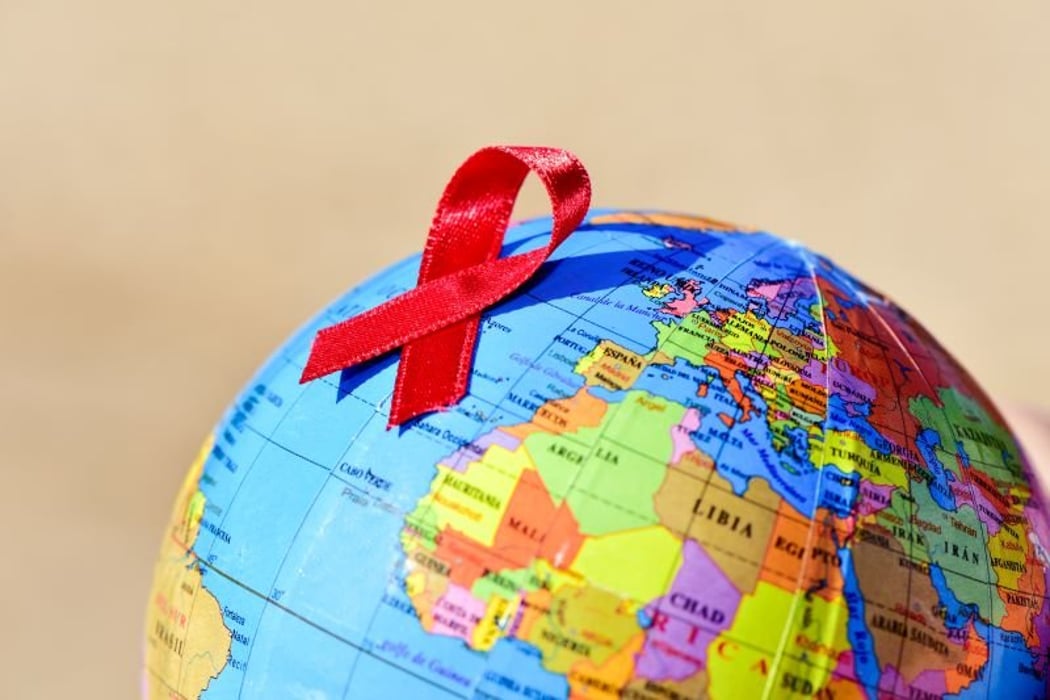HIV Meds Help Slash Infection Risk to Nearly Zero: Study

MONDAY, July 24, 2023 (HealthDay News) -- People taking antiretroviral therapy to treat HIV who have low but detectable virus levels have almost zero risk of transmitting the virus to others, according to a new research review.
Researchers looked at eight studies of more than 7,700 couples in which one person was HIV positive and the other was not. The studies were done in 25 countries and reviewed by teams from the Global Health Impact Group and the World Health Organization.
Their review, published July 22 in The Lancet, found that people with viral loads of HIV below 1,000 copies/mL have almost no risk of transmitting the virus to their sexual partners. Previous studies have not been able to confirm a lack of transmission risk above a much lower number -- 200 copies/mL.
This review also reinforced previous studies showing that people whose virus levels are undetectable have no risk of transmitting HIV to sexual partners.
Only two of the 320 documented sexual HIV transmissions in the study involved a partner with a viral load of below 1,000 copies/mL. For both, viral load testing was performed at least 50 days before transmission took place.
At least 80% of transmissions seen in the study involved a partner with HIV who had a viral load greater than 10,000 copies/mL.
“These findings are important as they indicate that it is extremely rare for people who maintain low levels of HIV to transmit it to their sexual partners," said lead author Dr. Laura Broyles, of the Global Health Impact Group in Atlanta.
"Crucially, this conclusion can promote the expansion of alternative viral load testing modalities that are more feasible in resource-limited settings," she said in a journal news release. "Improving access to routine viral load testing could ultimately help people with HIV live healthier lives and reduce transmission of the virus.”
Global efforts are ongoing to achieve undetectable viral loads through use of antiretroviral therapy (ART) and to reinforce the importance of decriminalizing HIV and reducing stigma and discrimination for people living with the virus.
Without ART, people with HIV can have a viral load of 30,000 to more than 500,000 copies/mL, depending on the stage of infection.
A new policy brief from WHO is being published alongside the research review.
This policy brief provides updated prevention and testing guidance to policymakers, public health professionals and people with HIV. It aims to support global efforts to achieve undetectable viral loads through antiretroviral therapy for all people living with HIV and to prevent onward transmission to their sexual partners and children.
The authors studied transmission risk by searching databases for studies published between January 2000 and November 2022 on sexual transmission of HIV at varying viral loads.
Lab-based plasma sample tests are the most sensitive, but the findings also support simpler testing approaches, such as using dried blood spot samples.
The findings do not apply to HIV transmission from mother to child, where exposure is of much higher duration and intensity. Differences also exist in the way the virus is passed from mother to child as compared with sexual transmission. Researchers said ensuring pregnant and breastfeeding women have undetectable viral loads throughout the entire exposure period is key to preventing new childhood infections.
This research was funded by the Bill & Melinda Gates Foundation.
More information
The U.S. National Institutes of Health has more on antiretroviral therapy.
SOURCE: The Lancet, news release, July 23, 2023
Related Posts
Preconception Paternal Metformin Linked to Major Birth Defects
WEDNESDAY, March 30, 2022 (HealthDay News) -- Preconception paternal metformin...
Una vacuna contra la malaria de 3 dosis se muestra promisoria en un ensayo africano
VIERNES, 6 de enero de 2023 (HealthDay News) -- Una nueva investigación ha...
Parts of Duodenoscopes Can Break Off Inside Patients
FRIDAY, March 24, 2023 (HealthDay News) -- Duodenoscopes are getting attention...
